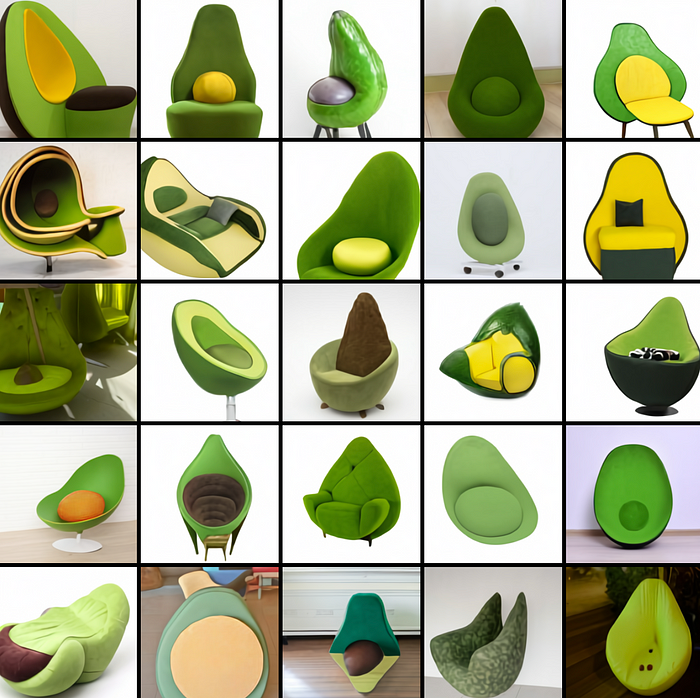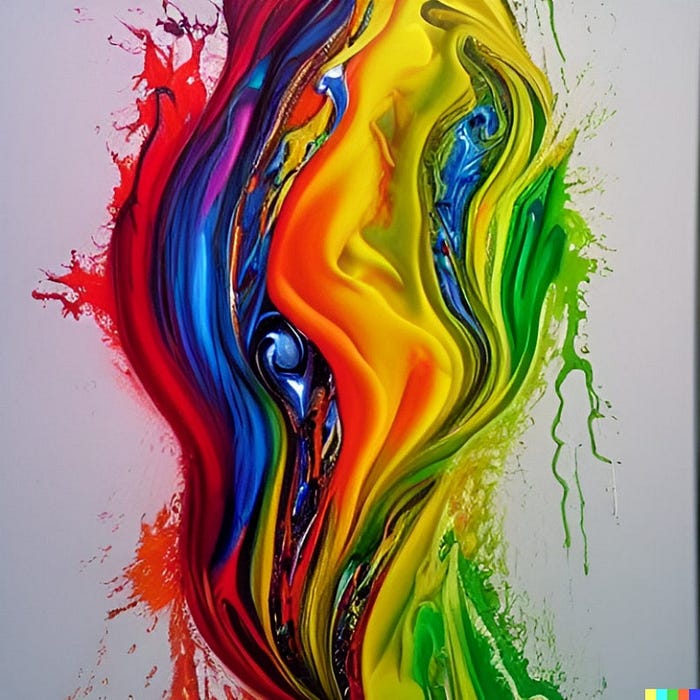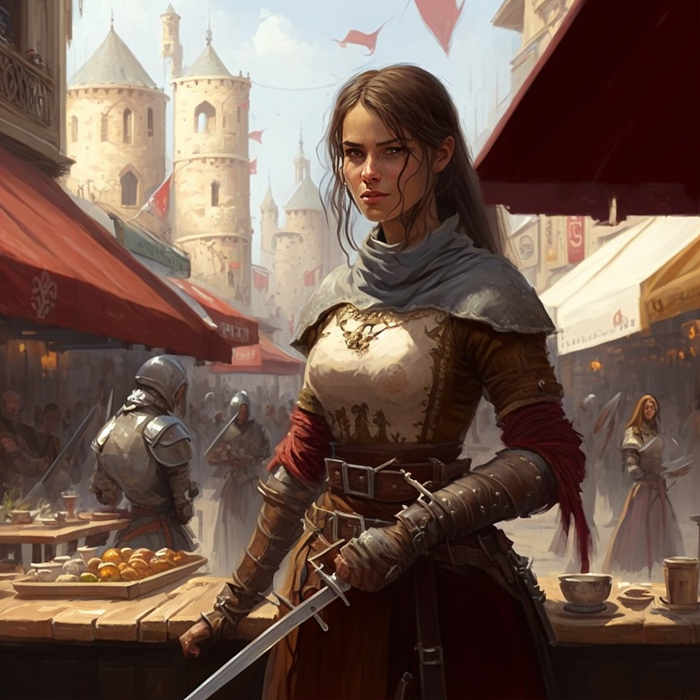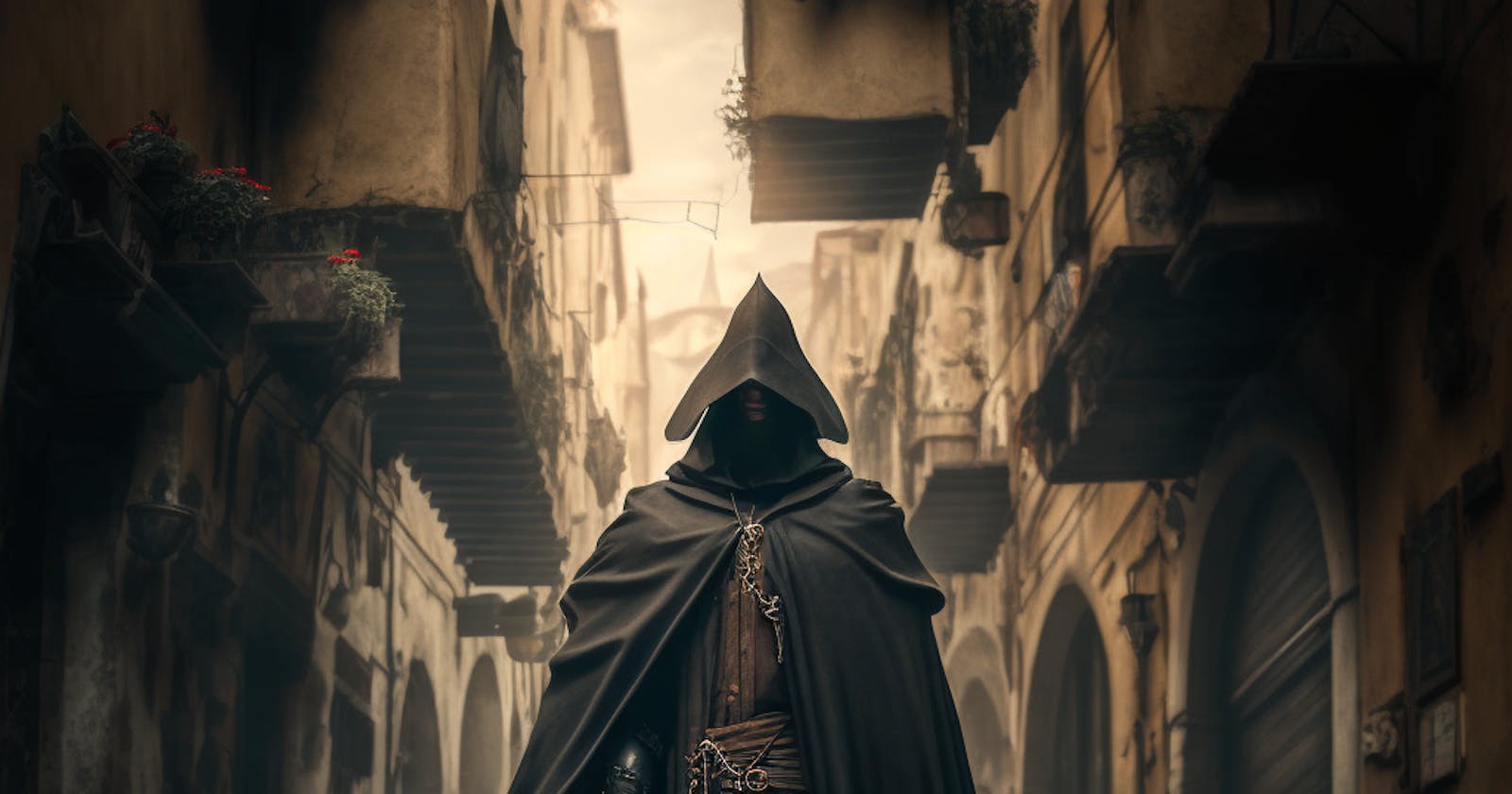Table of contents
No headings in the article.
- DALL-E: DALL-E is a groundbreaking AI model developed by OpenAI that generates images from textual descriptions. This model was named after the famous surrealist artist Salvador Dali and the popular animated robot character Wall-E. DALL-E is based on GPT-3, which is an advanced language model that can understand and generate human-like text. DALL-E is trained on a massive dataset of images and text, allowing it to generate a wide range of objects, animals, and scenes based on textual prompts.
DALL-E is capable of creating unique and unusual objects that are not typically found in the real world. For example, it can create an armchair in the shape of an avocado or a snail made of harp strings. It is also capable of creating complex and abstract scenes such as a sunset over a rocky coastline with a house in the background. The images generated by DALL-E are highly detailed and realistic, with accurate lighting, shadows, and textures.

- DALL-E 2: DALL-E 2 is the improved version of DALL-E, also developed by OpenAI. This model is capable of generating even more complex and detailed images than its predecessor. It uses a more advanced architecture that allows it to generate 3D objects and scenes with greater accuracy and detail.
DALL-E 2 is capable of generating highly realistic and detailed images of scenes that are not typically found in the real world. For example, it can create a kitchen with a stove, refrigerator, and sink, all made of ice or a coral reef made of crystal. The images generated by DALL-E 2 are incredibly detailed and vivid, with accurate lighting, shadows, and textures.

- Dream: Dream is an AI model developed by Google that generates surreal, dream-like images by “hallucinating” patterns and shapes onto existing images. This model is based on a process called deep dreaming, which involves using a neural network to identify patterns and shapes in an image and then enhancing those patterns to create a unique and surreal image.
Dream is capable of generating images that are highly abstract and surreal, with intricate and complex patterns that are not typically found in the real world. For example, it can create an image of a jellyfish with intricate patterns and colors that are not typically found in real-life jellyfish. The images generated by Dream are highly detailed and vivid, with intricate patterns and colors.
- Stable Difussion: Stable Difussion is an AI model developed by a team of researchers from Nvidia that generates high-quality, realistic images by iteratively refining a random noise vector. This model uses a process called diffusion
to generate images, which involves slowly diffusing a noise vector through a neural network. Each diffusion step gradually refines the image until a high-quality, realistic image is produced.
Stable Difussion is capable of generating highly realistic and detailed images of objects and scenes that are not typically found in the real world. For example, it can create an image of a unicorn in a forest with intricate details and textures. The images generated by Stable Difussion are highly realistic, with accurate lighting, shadows, and textures.
- Midjourney: Midjourney is an AI model developed by a team of researchers from Facebook AI Research that generates high-quality, realistic images of faces by interpolating between existing faces. This model uses a process called style interpolation, which involves blending the styles of two or more faces to create a new face that combines their features.
Midjourney is capable of generating highly realistic and detailed images of faces that are not typically found in the real world. For example, it can create an image of a face that combines the features of two different people, resulting in a unique and realistic face. The images generated by Midjourney are highly realistic, with accurate facial features, lighting, and textures.

In conclusion, these AI models represent some of the most advanced and groundbreaking technologies in the field of image generation. Each model has its unique approach and strengths, allowing them to generate a wide range of images with varying levels of realism and surrealism. These models have the potential to revolutionize the way we create and view images, opening up new possibilities for artists, designers, and creators across a variety of fields.


